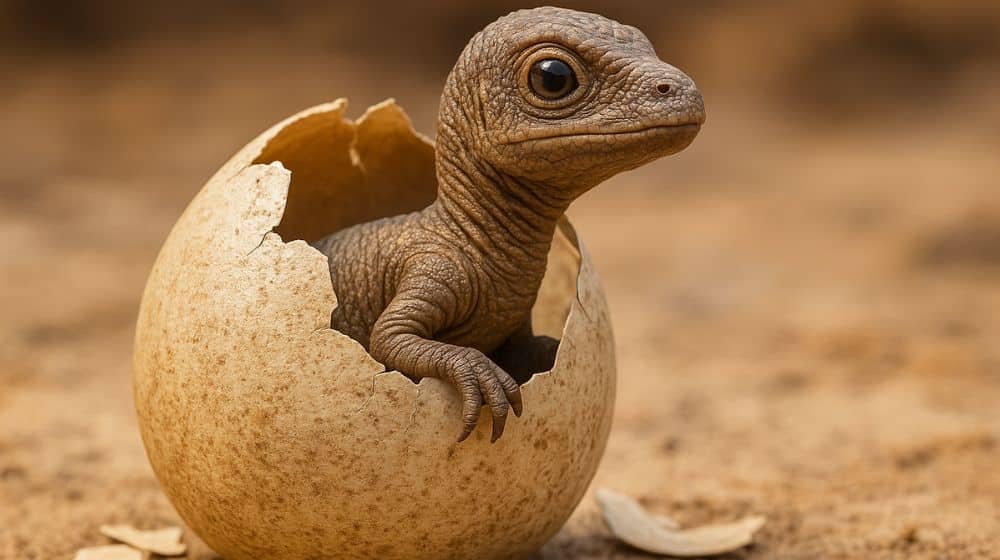An Extraordinary Discovery in Paleontology
Paleontologists in Argentina have uncovered an astonishingly well-preserved 70-million-year-old dinosaur egg in the Patagonia region, a finding that has sparked excitement within the global scientific community. The egg, believed to belong to the Bonapartenykus species, dates back to the Late Cretaceous period and has been described as one of the most complete and well-preserved specimens ever discovered in the region.
The discovery provides researchers with a rare opportunity to study the reproductive biology of dinosaurs in exceptional detail. Its remarkable state of preservation allows scientists to analyze not only the external structure of the egg but also the internal composition, offering new insights into ancient nesting behaviors and embryonic development.
Insights into the Bonapartenykus Species
The Bonapartenykus was a member of the alvarezsaurid family, a group of small, feathered theropods that lived in what is now South America. These dinosaurs are believed to have been agile and insect-eating creatures with specialized limbs, possibly adapted for digging or breaking open hard surfaces. The discovery of the egg provides a new dimension to understanding how these unique dinosaurs reproduced and cared for their offspring.
According to the paleontologists leading the excavation, the egg’s shell and microstructure are exceptionally well-preserved, allowing for microscopic analysis. This could reveal previously unknown details about the composition of dinosaur eggshells, the incubation process, and environmental conditions during the Cretaceous era. Scientists believe that such findings could help draw parallels between dinosaur reproductive strategies and those of modern birds, which are considered their closest living relatives.
The Importance of Patagonia in Fossil Research
Patagonia has long been recognized as one of the richest fossil sites in the world, known for yielding some of the most significant dinosaur discoveries in history. The region’s geological formations, particularly from the Cretaceous period, have provided an abundance of fossils that have deepened scientific understanding of prehistoric ecosystems.
This latest find further solidifies Patagonia’s reputation as a treasure trove for paleontological research. Experts note that the area’s unique climate and soil conditions have contributed to the remarkable preservation of fossils, allowing for detailed reconstruction of the lives of creatures that roamed the Earth millions of years ago.
Unlocking the Secrets of Dinosaur Reproduction
The well-preserved egg is expected to undergo extensive laboratory studies, including CT scans and chemical analysis, to explore its internal features without damaging the specimen. These tests could reveal whether any embryonic remains are present and how the egg’s composition compares to those of other dinosaur species.
Scientists hope that such investigations will enhance understanding of how dinosaurs reproduced, protected their eggs, and adapted their nesting strategies to environmental challenges. The discovery also holds potential for broader evolutionary studies, helping bridge gaps in knowledge about the transition from non-avian dinosaurs to modern birds.
The unearthing of this 70-million-year-old egg marks a moment of both scientific wonder and historical significance, highlighting how even a single fossil can transform our understanding of life in the distant past.
Topics #Bonapartenykus Fossil #Cretaceous Era Research #Dinosaur Egg Discovery #Patagonia Paleontology #trending pakistan




